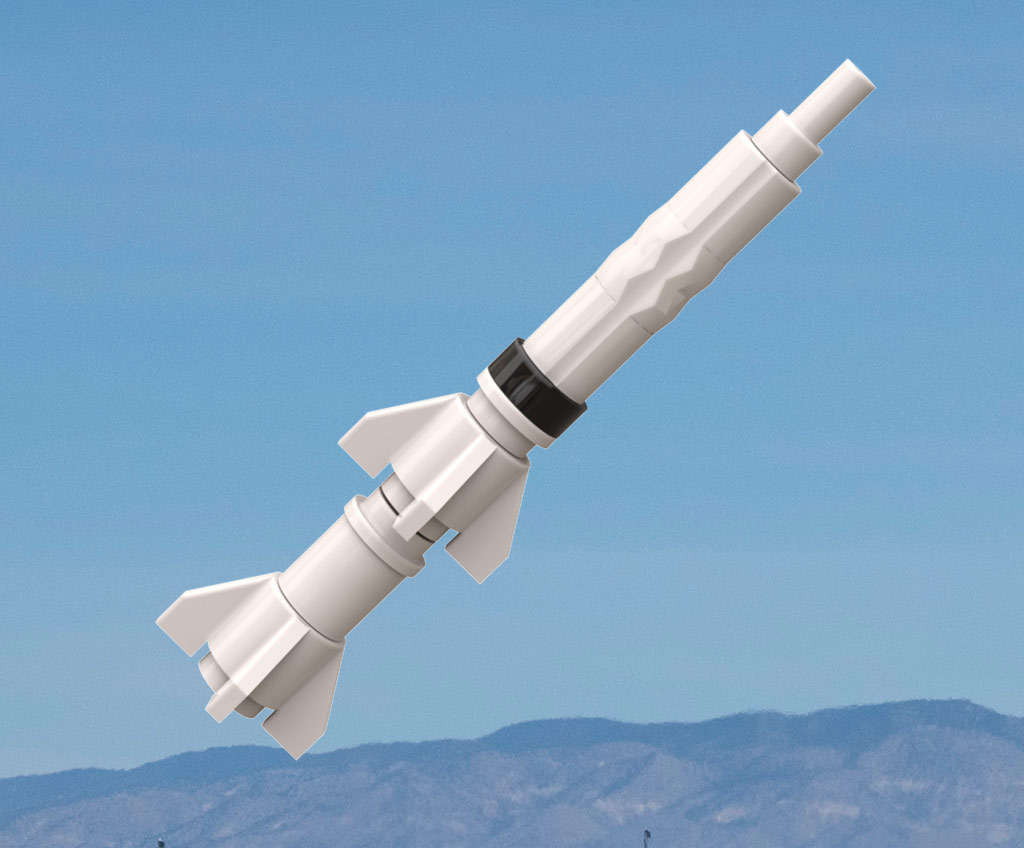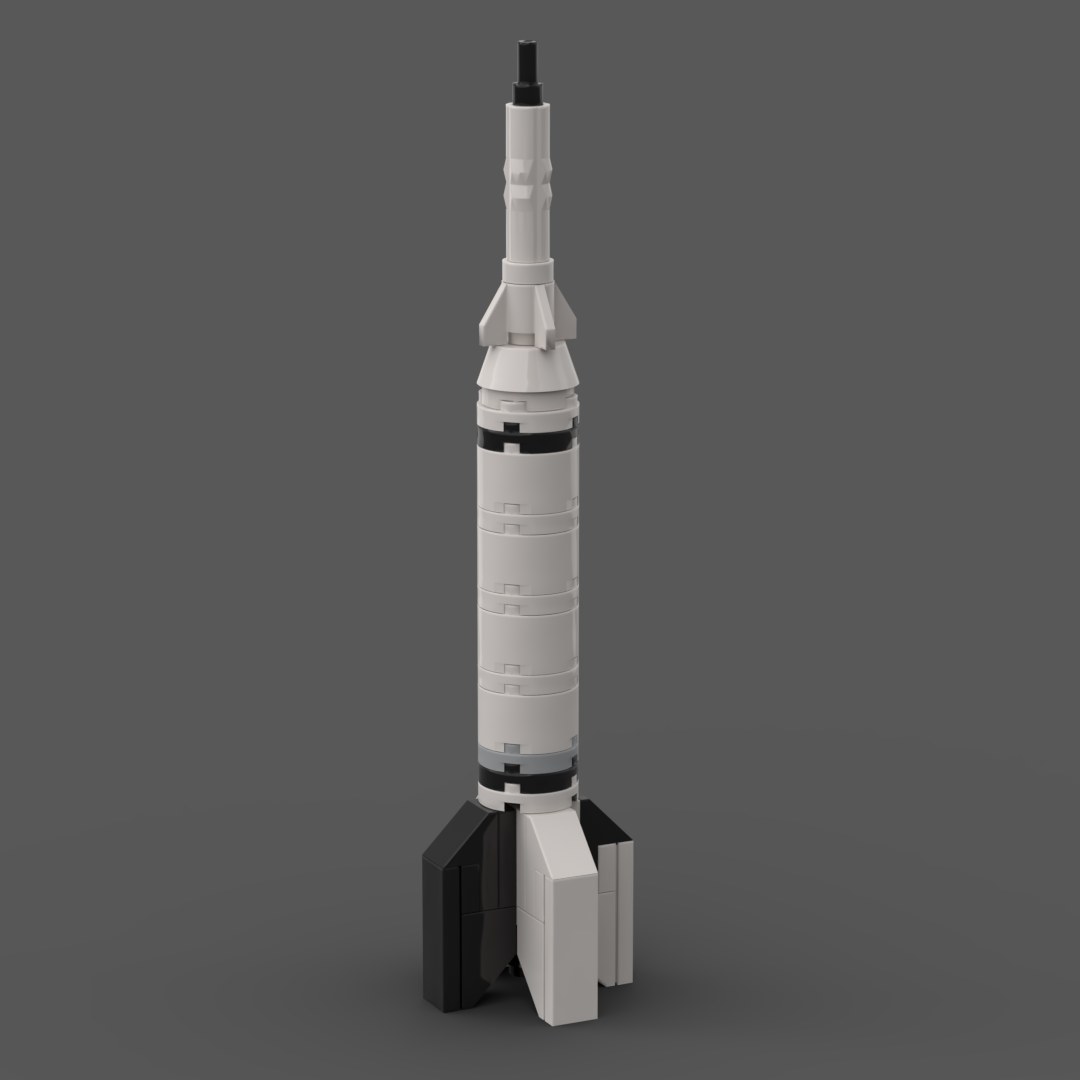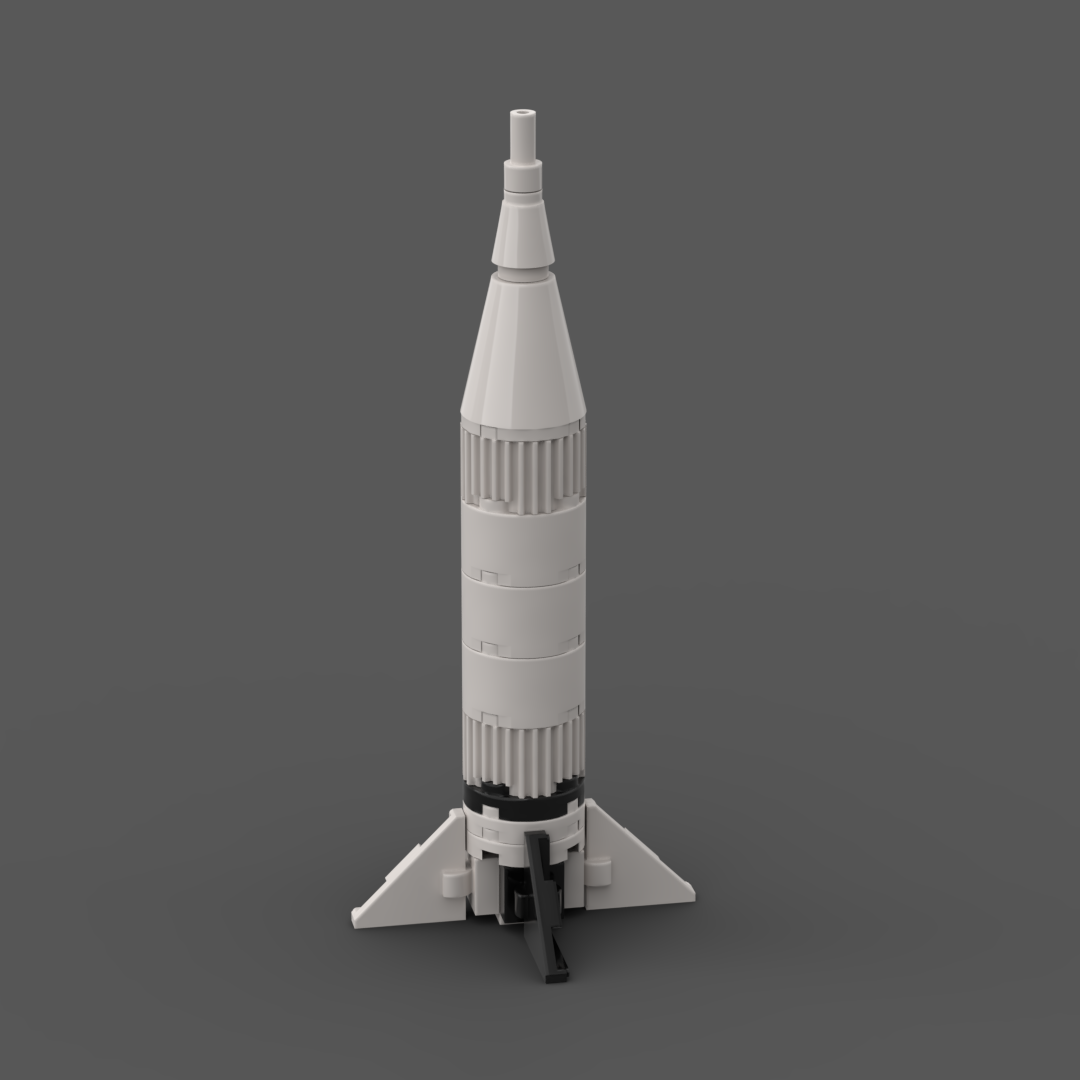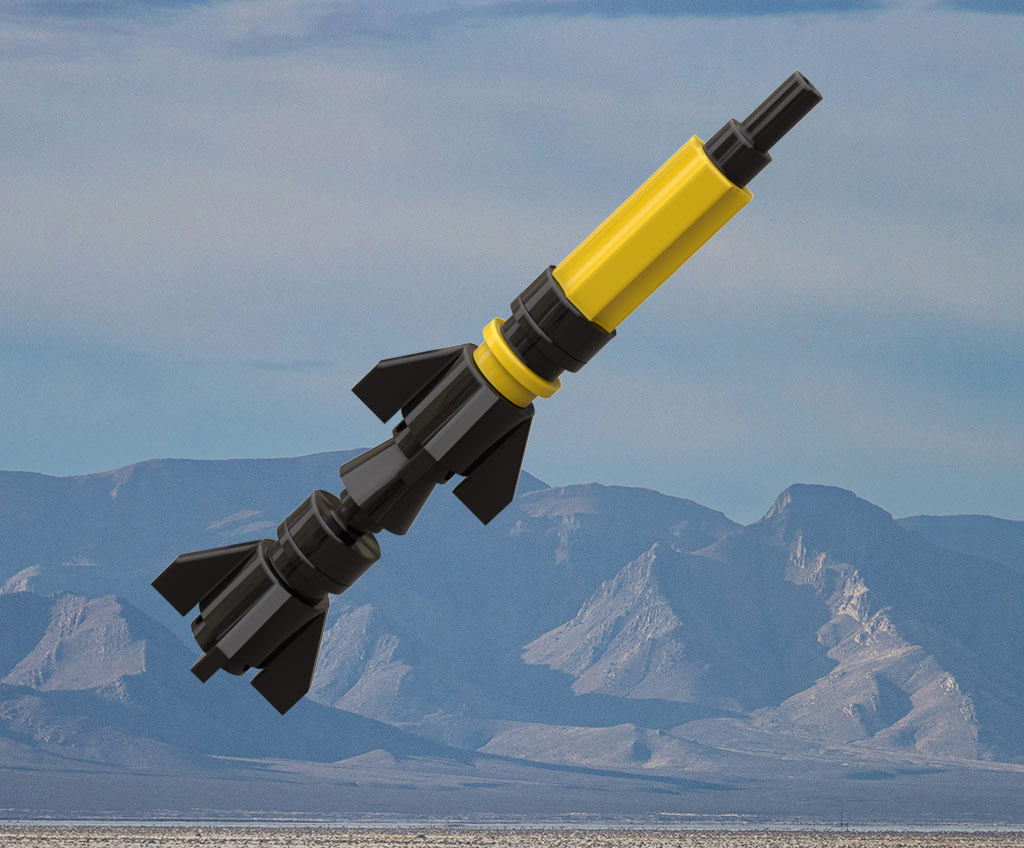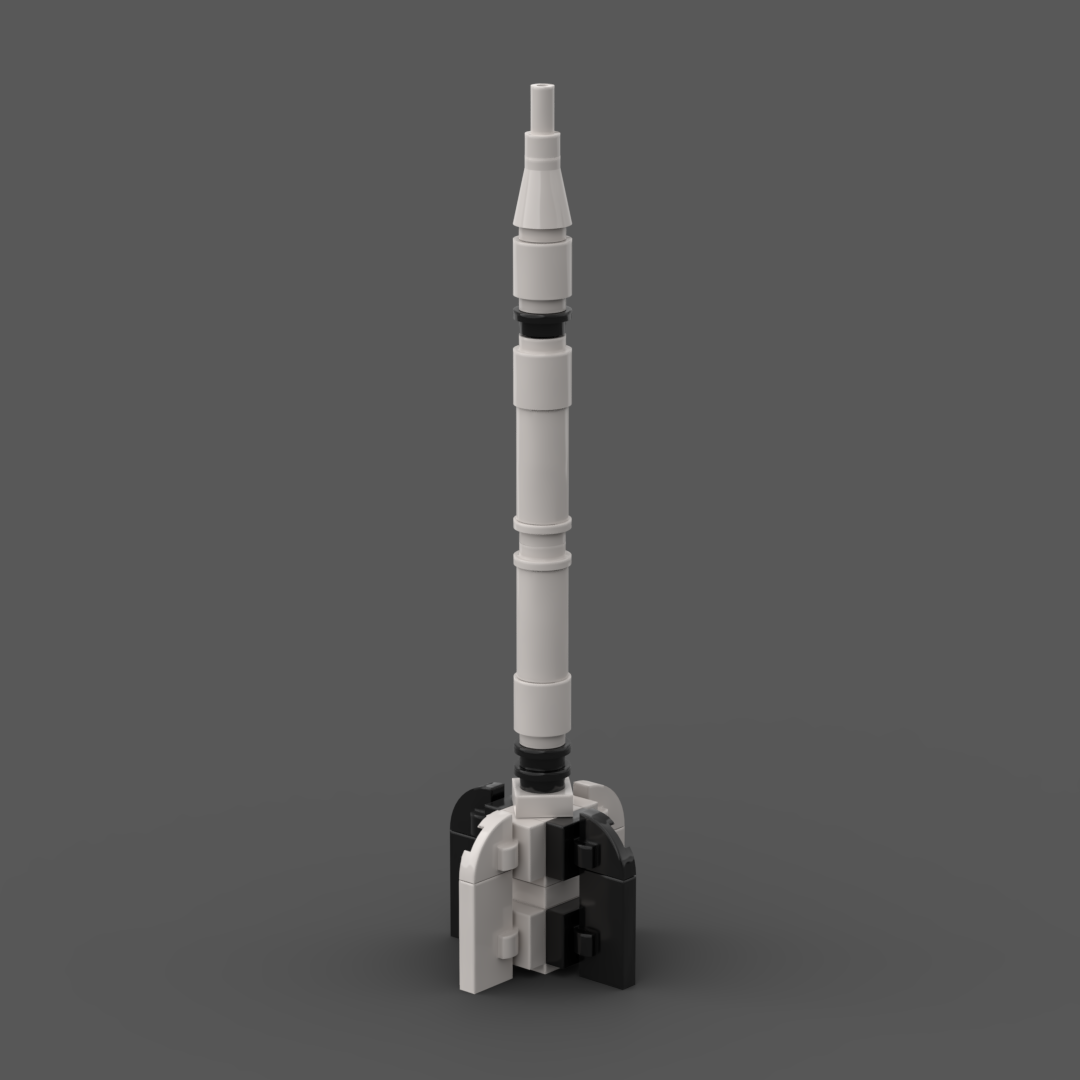
LEGO Designer:
Dan Fallon (phreaddee)
Designed:
February 2023
Categories:
All, Suborbital and Sounding Rockets
Launch Vehicle Details
Stages:
Length:
Diameter:
Mass at Launch:
Low Earth Orbit Capacity:
Total Thrust:
Apogee:
Class:
The Viking was a groundbreaking series of twelve sounding rockets, developed by the Glenn L. Martin Company under the guidance of the U.S. Naval Research Laboratory (NRL). With the goal of surpassing the German V-2, the Viking was the most advanced liquid-fueled rocket of its time, providing valuable scientific data from the edge of space between 1949 and 1955. One of its most notable achievements was Viking 4, which launched in 1950 from the deck of a ship.
After twelve successful flights, the Viking was adapted into the first stage of the Vanguard rocket, which launched America’s second satellite into orbit in 1958.
On May 3, 1949, after two static firings on March 11 and April 25, the first Viking rocket launched from White Sands Missile Range in New Mexico. While its engine fired for 55 seconds, ten seconds short of the desired maximum of 65, the rocket flew on course and reached an impressive altitude of 51 miles (82 km), marking a promising start to the program.
The final launch of the first Viking model was Viking 7, which launched on August 7, 1951, and set a new world altitude record of 136 miles (219 km).
Overall, the Viking series of rockets was a significant step forward in rocket technology and provided valuable scientific insights into the edge of space.
Part count: bricks, lots.
| Unit | width | length | height |
|---|---|---|---|
| Studs | |||
| Inches | |||
| Centimetres |
No TypeNo Serial No Type Date LS Payload
1 1 Viking-1 03.05.1949 P* WS ALA-1 - 2 2 Viking-1 06.09.1949 P* WS ALA-1 - 3 3 Viking-1 09.02.1950 P* WS ALA-1 - 4 4 Viking-1 11.05.1950 * NS - 5 5 Viking-1 21.11.1950 * WS ALA-1 - 6 6 Viking-1 11.12.1950 F* WS ALA-1 - 7 7 Viking-1 07.08.1951 * WS ALA-1 - Launch sites: CC = Cape Canaveral Air Force Station, Eastern Test Range, Cape Canaveral, Florida, USA NS = USS Norton Sound WS = White Sands Missile Range, New Mexico, USA
Launch History information from space.skyrocket.de
Launch History information from space.skyrocket.de


